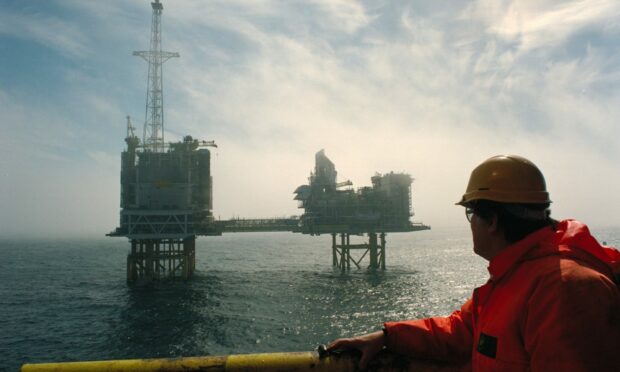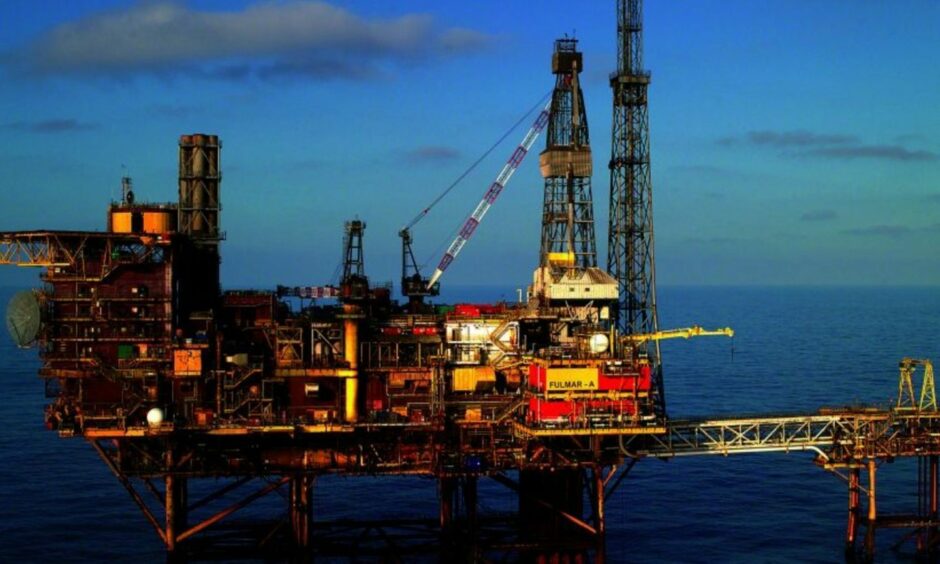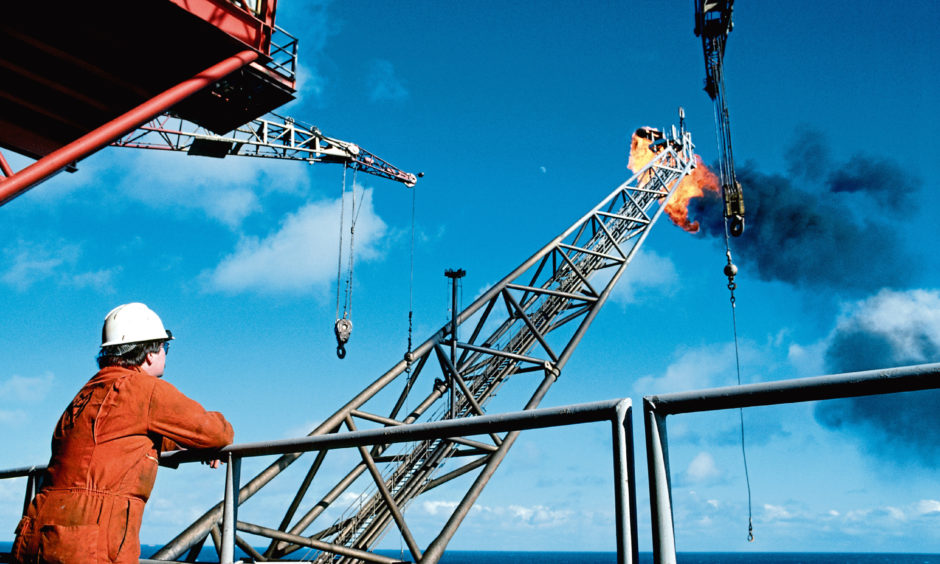Greenhouse gas emissions from UK North Sea oil and gas production have fallen for a third year in a row.
But regulators have warned the industry cannot rest on its laurels as it faces a huge challenge to meet a target of halving them,from a 2018 baseline, by 2030.
There was a 3% reduction last year, compared with 2022, according to the latest Emissions Monitoring Report from the North Sea Transition Authority (NSTA).
Good progress towards 2025 and 2027 targets
NSTA said the industry slashed emissions by around 23% between 2018 and 2022, exceeding its target of 10% by 2025 and within touching distance of its 25% ambition for 2027.
As a result, the regulator is confident the sector is “well on track” towards meeting the incremental targets set out as part of the 2021 North Sea Transition Deal (NSTD).
This is despite a small increase in overall oil and gas production in 2022.
NSTA had previously feared emissions could flatline or even temporarily rise last year.
Other figures reveal further cause for optimism. The total “emissions intensity” of UK offshore oil and gas production, the level of emissions per unit of economic output, decreased from 66lbs of CO2 per barrel of oil equivalent (boe) in 2021 to 62lbs last year.
And flaring fell by more than 10% during 2022, contributing to an overall reduction in flared gas of nearly 50% between 2018 and 2022.
‘Significant progress’ still required
But NSTA has cautioned that “bold measures” and “significant progress” are now required for the sector to meet its 2030 goal of a 50% reduction on 2018 levels – an achievement the regulator makes clear is an “absolute minimum” expectation.
Hedvig Ljungerud, the watchdog’s strategy director, said: “We can’t hide from the fact there is more work to do.
“NSTA will steadfastly hold the sector to account on emissions, including its pledge to halve emissions by 2030.”
Further action and investment needed
Greater activity means the sector may also have to work harder to maintain momentum. Year-to-date figures suggest emissions may increase slightly this year.
They are expected to fall again in 2024 and every year after until “well into the 2040s”.
Maintaining progress will also require further investment and the adoption of new technology and further emissions-curbing initiatives, the regulator said.
Nearly four in five (78%) offshore facilities have successfully lowered emissions during the last four years. Of these, nearly 60% of reductions were made through active emission reduction measures, while the rest were achieved via cessation of production (CoP).
NSTA has to date received and analysed 65 emission reduction action plans for individual assets. These outline the projects and investments licensees are putting in place to cut their emissions.
Other targeted interventions, such as the introduction of a Methane Action Plan, are also having an effect.
Meanwhile, electrification of offshore assets is seen as vital for achieving the 2030 target.
According to NSTA, a “central case” of eight fully electrified assets is a minimum requirement by 2030.
The authority warned: “The industry cannot afford to let plans slip and must focus on punctual delivery of these significant emissions reduction projects to realise their full potential.
Closing fields early could cost 100m barrels
Meanwhile, NSTA has started work to quantify the impact of shifting CoP dates on the ability of firms to meet emission reduction targets. Its modelling shows the 2030 target could be met early by bringing forward CoP dates for key assets.
But doing so is expected to have “a consequential impact” on oil and gas production, potentially as much as 100 million boe between 2023 and 2030.
This is roughly equal to 3% of the UK’s projected oil and net gas production over the same time period.
Energy industry experts expect the shutdown of older facilities and not electrification to drive most of the industry’s carbon enission reduction progress between now and 2030.
NSTA analysts will present the main findings of their Emissions Monitoring Report at a seminar taking place tomorow at the Offshore Europe oil and gas event in Aberdeen.



Conversation